Get up…stand up…stand up for your rights! With that new Bob Marley biopic, it’s got us thinking about what that song really means. Sure, maybe it’s a catchy rallying cry for civil disobedience and meaningful protest. But maybe, just maybe, and stay with us, it’s also about posture. Maybe getting up, standing up, and standing for your rights is also about your right to feel so much better.
And sure, we don’t know if the reggae pioneer thought about health and fitness themes, but what if he did? How do we know he wasn’t friends with Joseph Pilates? Hear us out…what if Stir It Up was also about Pilates, Them Belly Full about core strength, and No Woman No Cry about that shake in class and soreness afterwards that women experience after a great workout? It makes you wonder, doesn’t it…but we digress. Back to what we were saying.
Posture, let’s talk about it. One of the secret weapons in any healthy person’s arsenal, having good posture is the engine behind so many health benefits, it’s hard to believe. So if you haven’t heard the wonders of good posture, allow us to give it to you straight and narrow while we drop some knowledge. We’ll be surprised, and slightly concerned, if posture doesn’t become a main focus in your training after reading on.

What Is Good Posture?
It may all be good and well to talk about having proper posture, but what does it look like exactly? Well, defining good posture starts with an understanding of gravity, and how our bodies interact with it. The world’s gravitational pull is always putting pressure on our bodies, pulling us closer to the ground. To counteract this, our muscles and ligaments support us against the force, keeping our bones and joints in optimal alignment, and decreasing the wear and tear on our supportive structures.
With proper posture, standing up tends to look a little something like this:
• Your shoulders are relaxed
• Your chest is broad (not collapsed)
• The back of your head aligns with your spine
• Your ears, shoulders, ribs, hips, knees, and ankle joints are stacked
• Your weight is evenly distributed on both feet
• There is a slight natural curve in your lower back
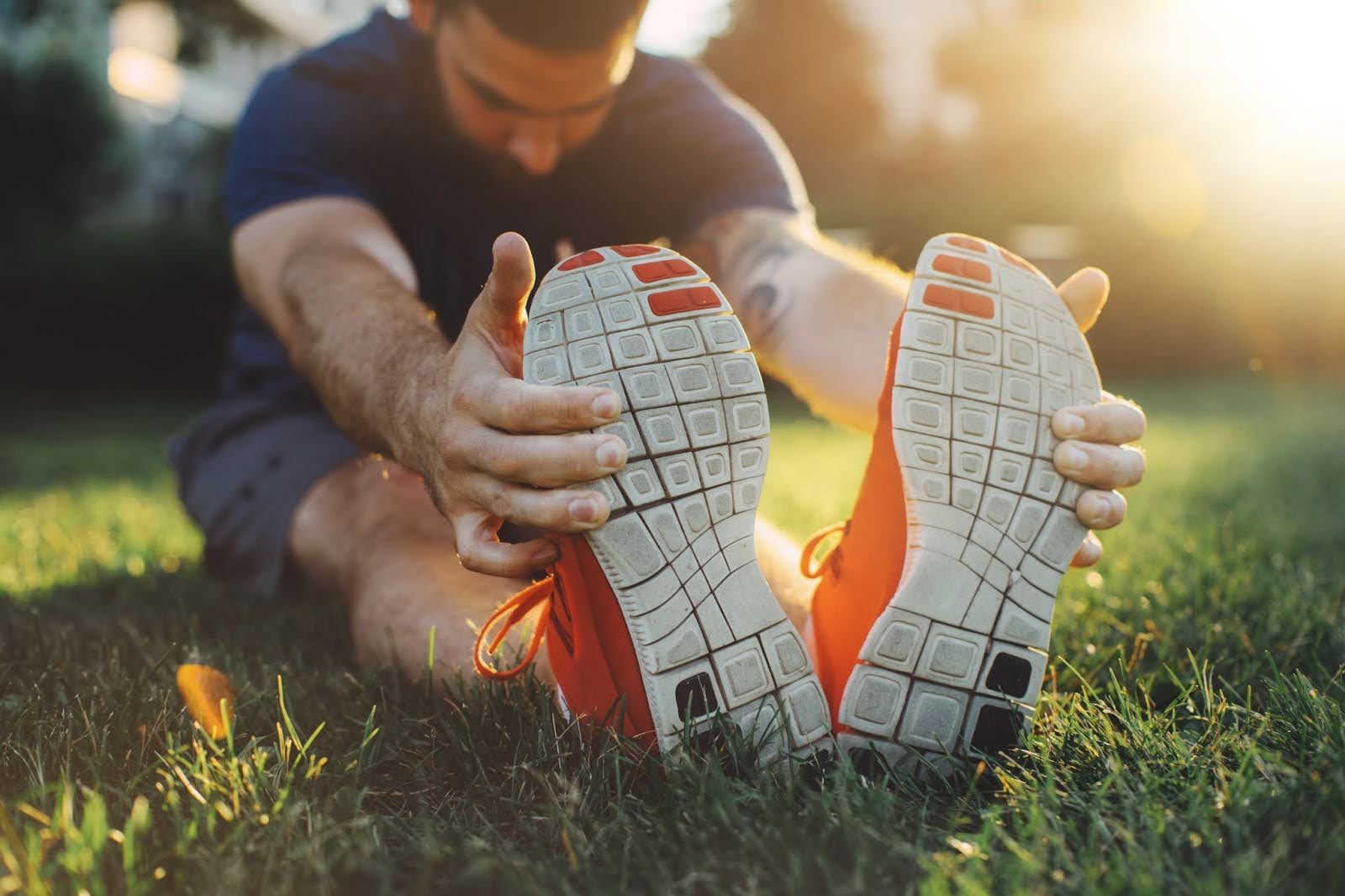
The Benefits of Good Posture
Increased flexibility: Being mindful of posture affects multiple aspects of our physical performance, including the flexibility of our joints, proper use of our muscles, and our ability to balance.
Less headaches: When we suffer from muscle tension in our back and neck, this can result in tension headaches and potential back injuries. But when you improve your posture and implement the techniques we’re about to explain, that’ll be a thing of the past.
Joint longevity: When you are aligned properly, there is less stress on the muscles that are usually overcompensating, as well as your joints and sometimes ligaments, which means less wear and tear.
Injury prevention: Allowing your body to adapt to the rounded postures that our daily activities require can cause strains, sprains, and pain. Adjust the posture, and avoid that risk.
Reduced back pain: As more of us work from home, back pain has only increased across the country. But working on your posture can reduce this pain for a much more comfortable lifestyle.
Better digestion: Good posture can lead to increased blood circulation and less pressure on your organs, which creates less compression in your midsection.
Increased energy levels: Since your muscles are working more than your joints are compressing to support your body, better posture can result in a nice boost in energy throughout the day. Added bonus – you’ll likely burn more calories.
Improves lung capacity: Another benefit of not slouching so much is the reduction of pressure on your lungs, meaning higher cardiovascular output and potentially better athletic performance.
Elevated mood: It’s been proven that people who sit and slouch for extended periods have more mental health issues than those who are mindful of their alignment.

Exercises to Improve Posture
So now that we’ve covered the benefits of proper posture, let’s talk about how to achieve it. Like most physical goals, it all comes down to exercise! And here are five movements to help improve your posture:
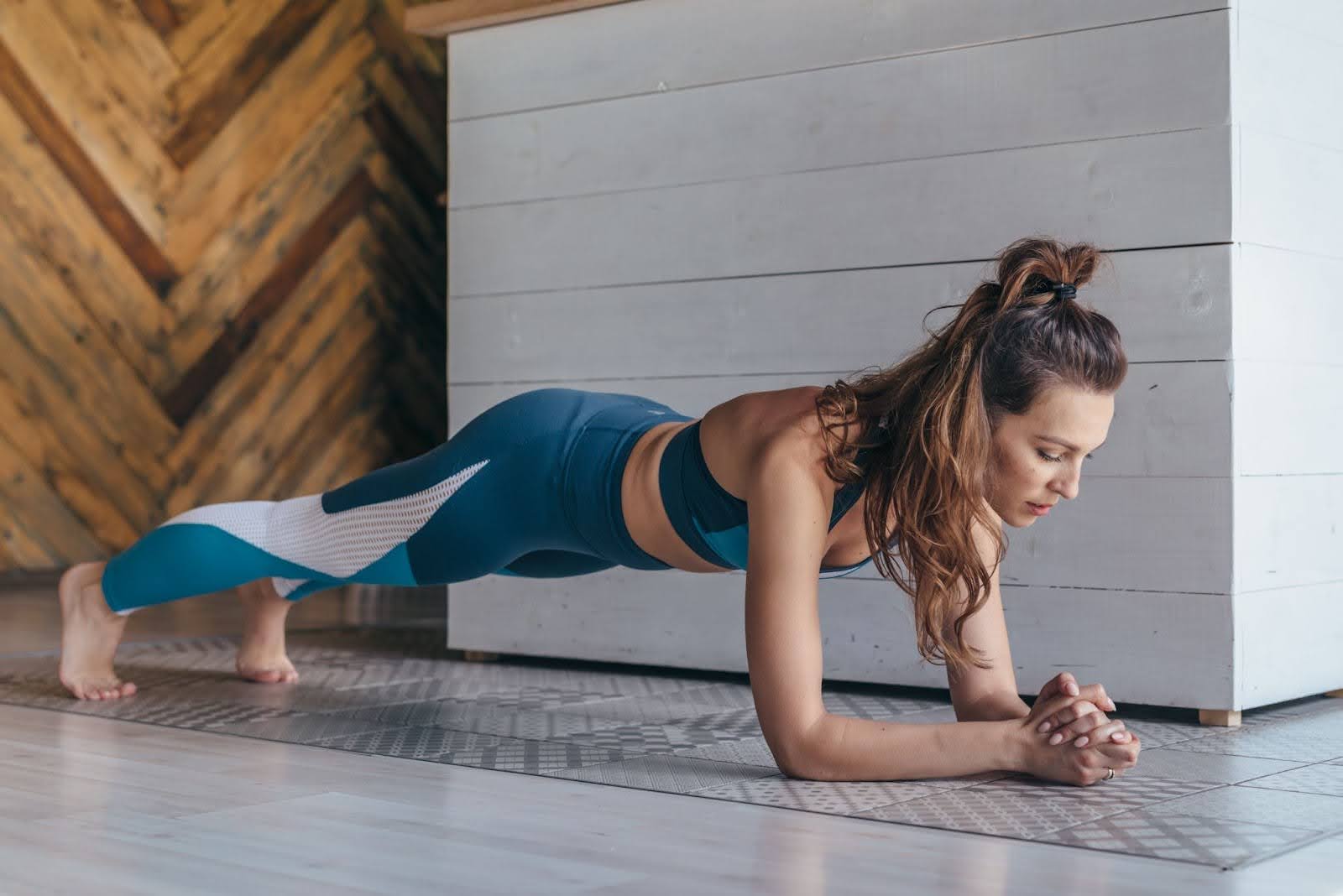
The Plank
Still the classic core exercise, the plank is one of the most beneficial exercises to improve imperfect posture. Everyone and their mother knows how to do a plank (but have you ever done a plank with your mother?). If you’re a little out of shape, it’s totally fine to start slow. Try a couple sets of 15-20 seconds before gradually increasing your maximum time. Ideally you’ll want to work up to at least a minute and continue to build on that. Trainer tip – always hold your plank 5 seconds longer than you want to.
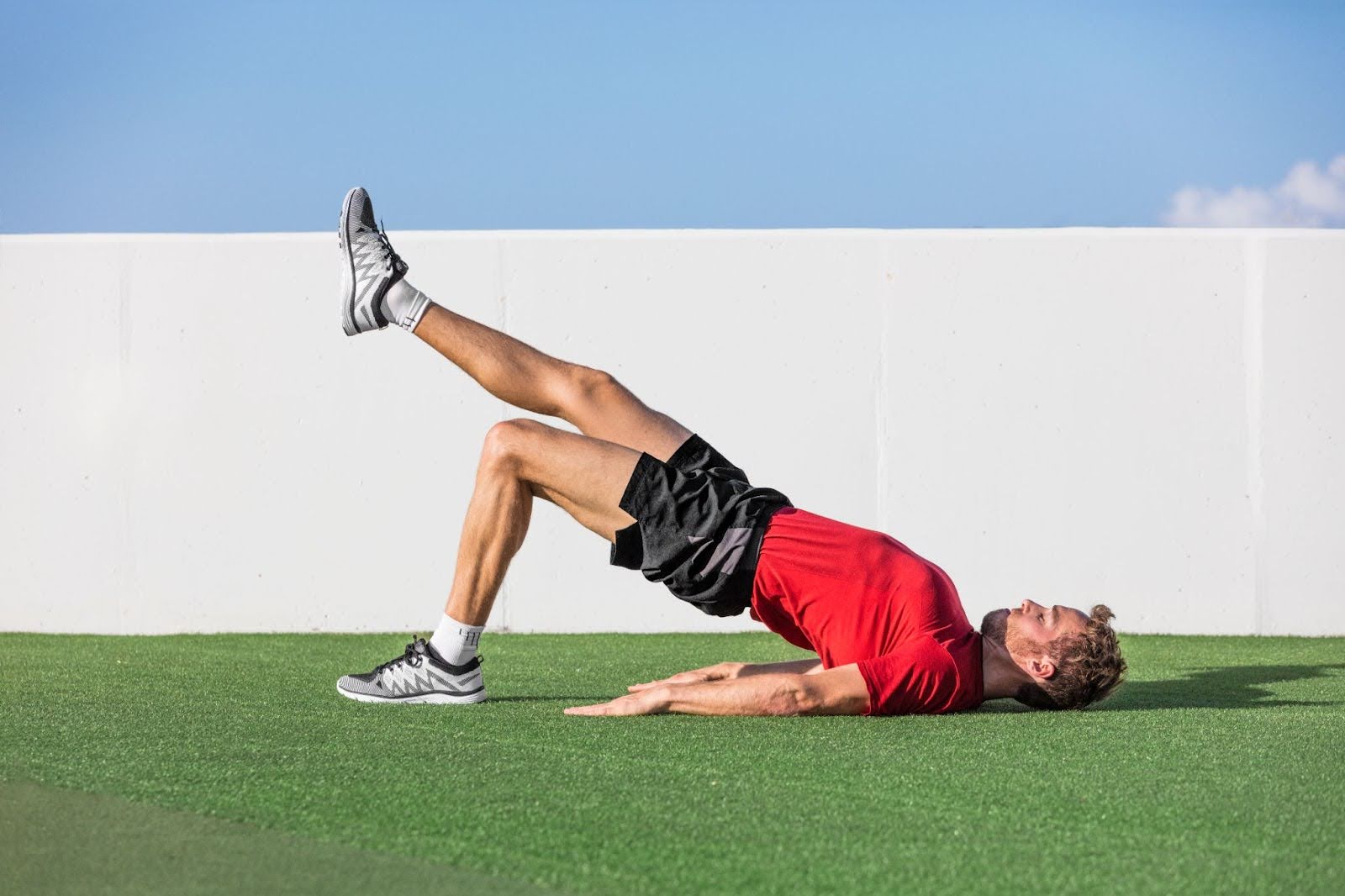
Raised Leg Glute Bridge
This is a challenging exercise that not only increases flexibility, but it’s also great for building core strength. Start in a normal Glute Bridge, which is laying on your back with your feet placed flat on the ground and your knees bent. Slowly lift your hips up until your hips, ribs, and shoulders are in alignment, hold yourself up for 15 seconds, then lower your hips evenly. Gradually increase your holding time to a minute, then incorporate lifting one leg at a time, while keeping them as straight as possible.
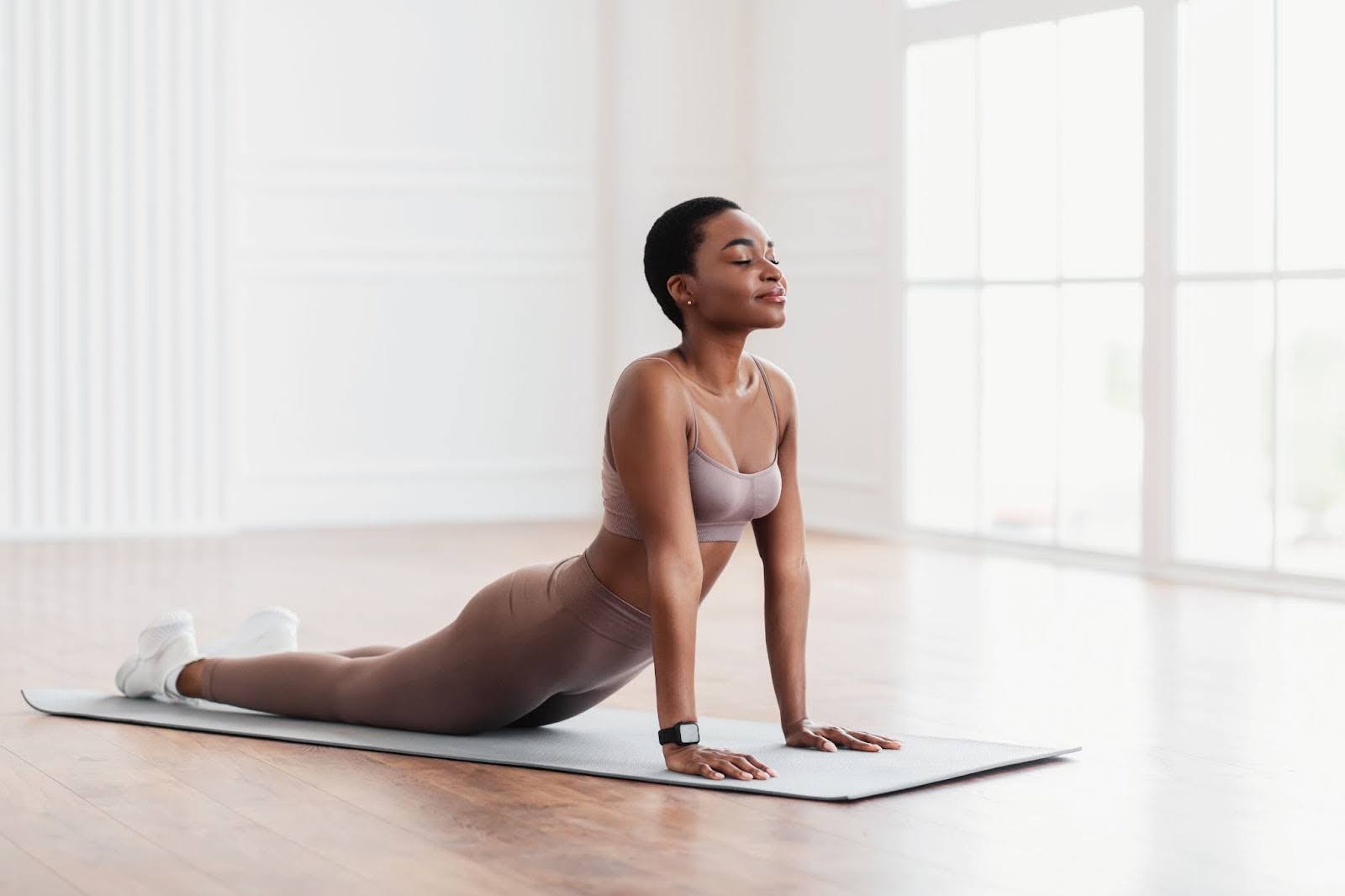
Cobra Pose
The Cobra Pose is a staple in Yoga. That’s because it’s so effective at strengthening the muscles around your spine, stretching your core, and building overall mobility. It also happens to be a fantastic exercise for posture. Start by laying on your belly on a yoga mat and press into your hands to lift and stretch your chest. Breathe into the stretch and use your breath to accentuate it. Try holding for 15 seconds, then 30, then work your way up to a minute or more.
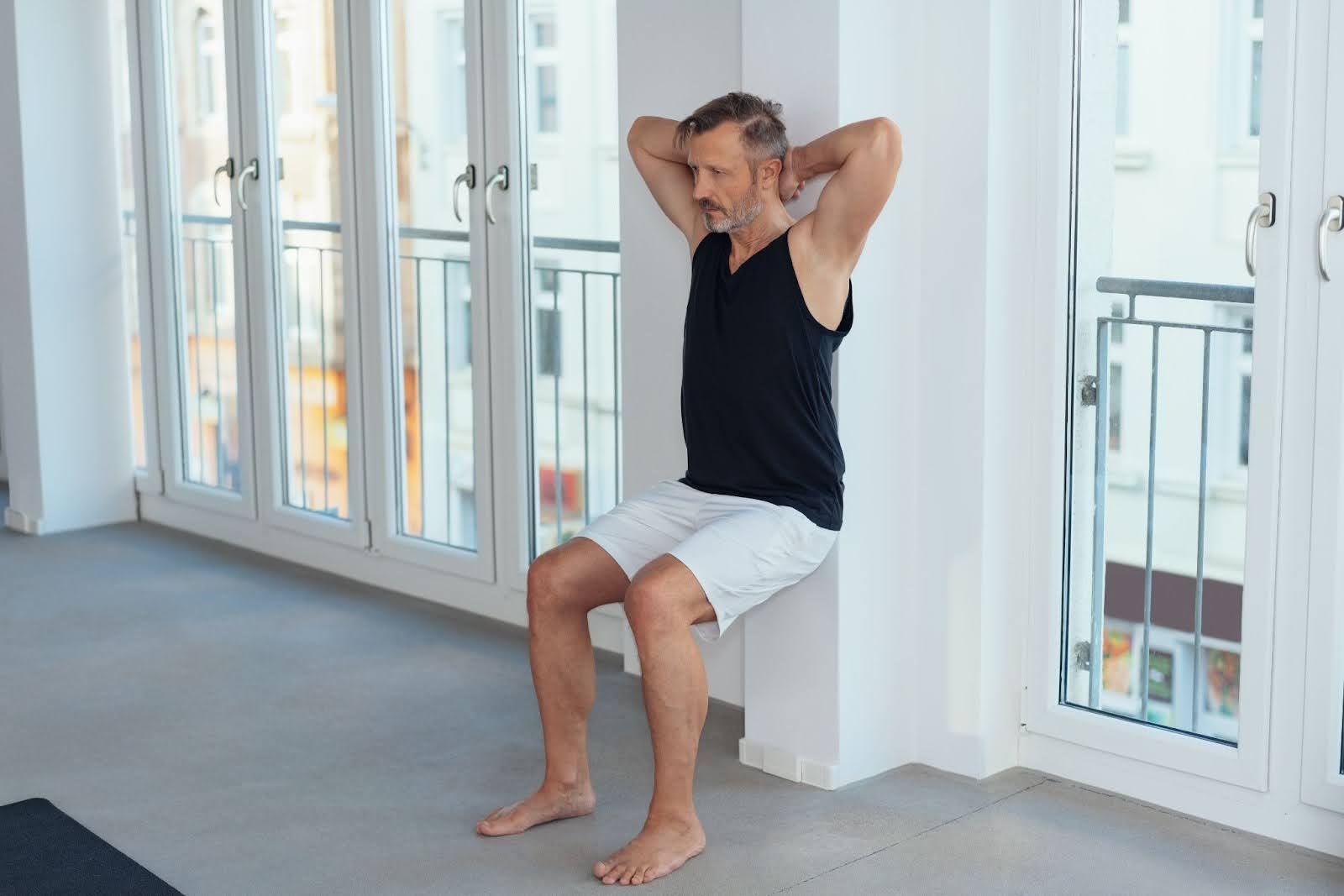
Wall Slide
The wall slide is one of the most simple yet incredibly effective postures to improve spinal alignment. And the best part — it requires nothing but a wall. To do these properly, align your spine vertically against a wall with your feet shoulder width apart, and about two feet away from the wall. Slowly slide your back down the wall until your thighs are (ideally) parallel to the floor, hold, then come back up again. Try three sets of five, then ten, then fifteen, then twenty, as you grow stronger.
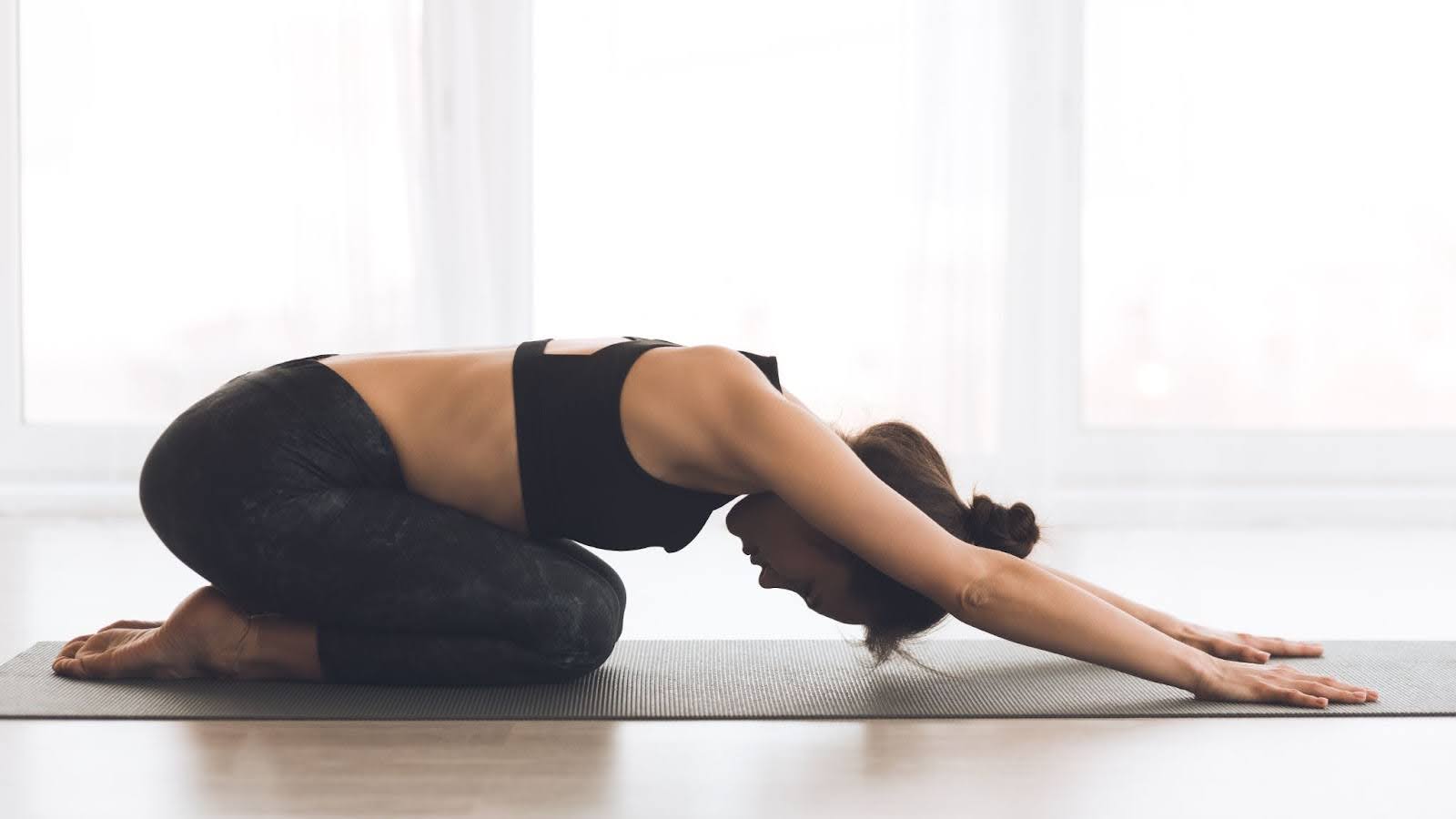
Child’s Pose
A long-time favorite across multiple modalities – the Child’s Pose. It’s one of the most delicious and effective Yoga poses there is. And it’s due to the deep hip opening that can be achieved. It might be tough at first to get that deep, but stick with it, and your entire back side will greatly appreciate your patience. Starting on all fours, send your hips back as close to your heels as possible, and reach your arms forward. As with the other posture exercises in our list, try it for a short 10 – 15 seconds at first, and then gradually increase your time in the stretch.
Well, we hope this guide to all-things-posture inspires you to get on that straight-and-narrow path, and to improve your posture and flexibility to give you the functional fitness you need to perform your very best. And if you’re looking for more guidance, be sure to sign up for a 7-Day Free Trial with Studio SWEAT onDemand. We’ve got an endless library of virtual fitness classes, including tons of Mind & Body workouts featuring Yoga, Pilates, stretching, and so much more.
Sign up today, and you’ll be getting up, and standing up…with better posture than ever before!




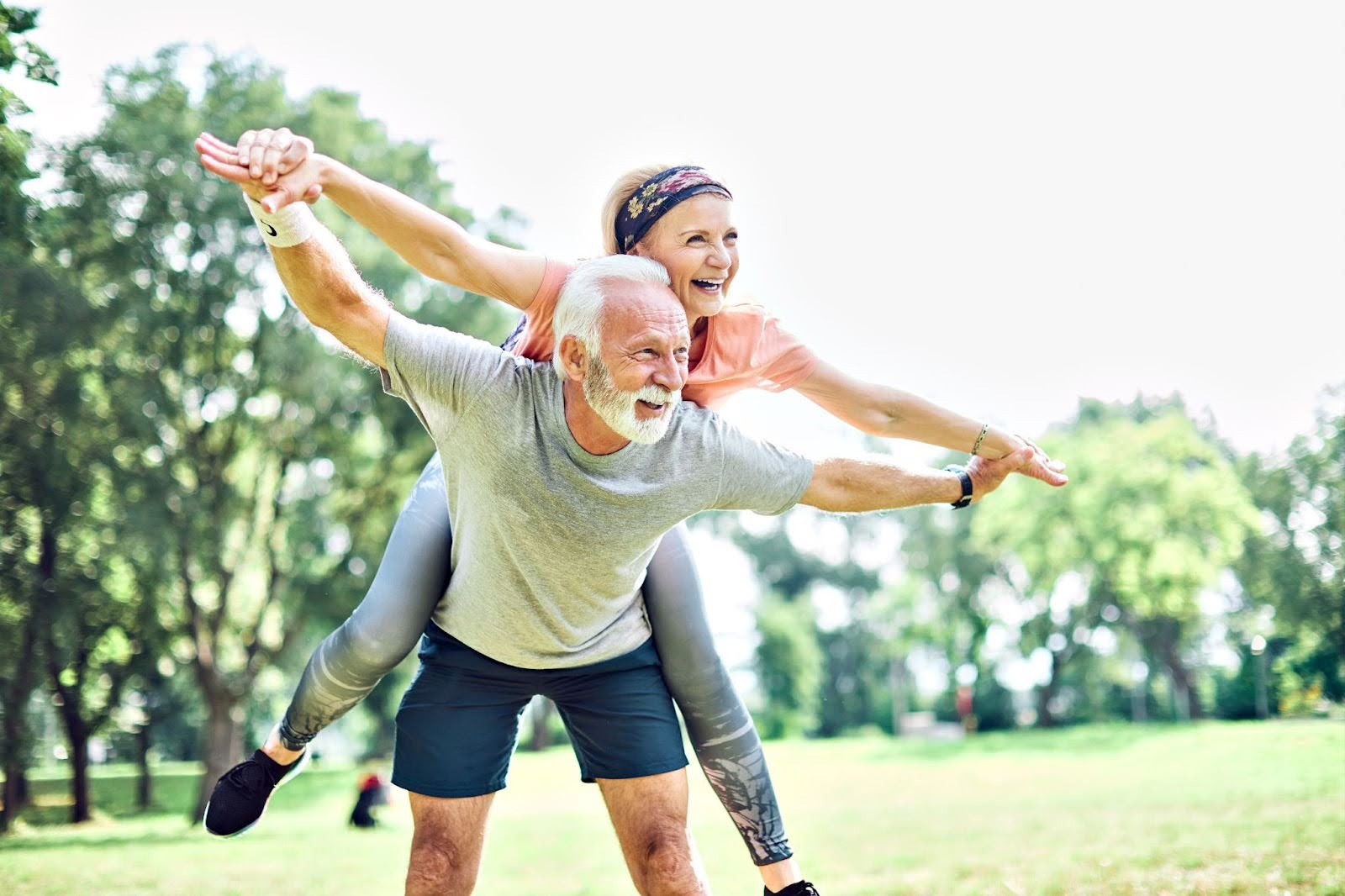
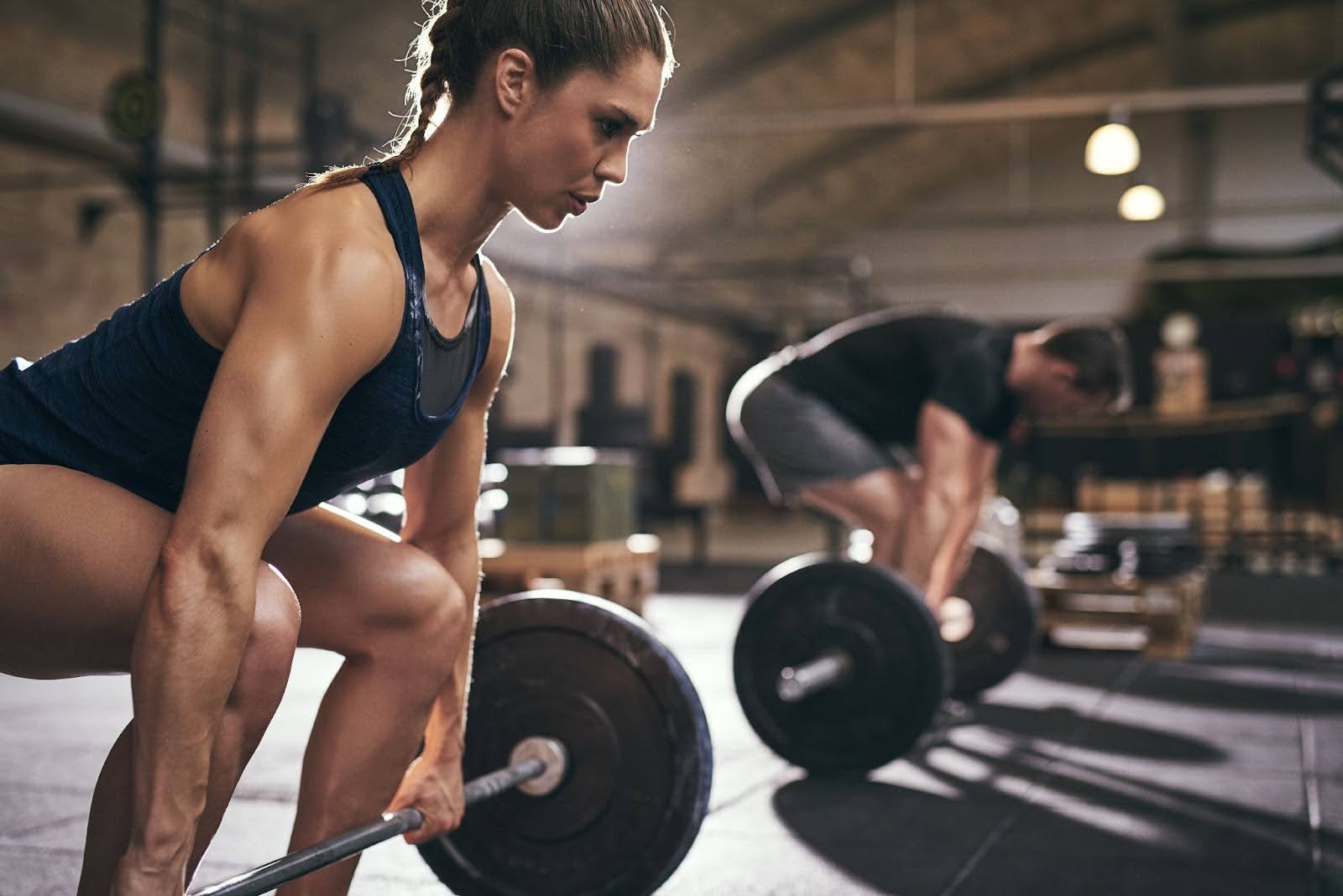



Comments - 0